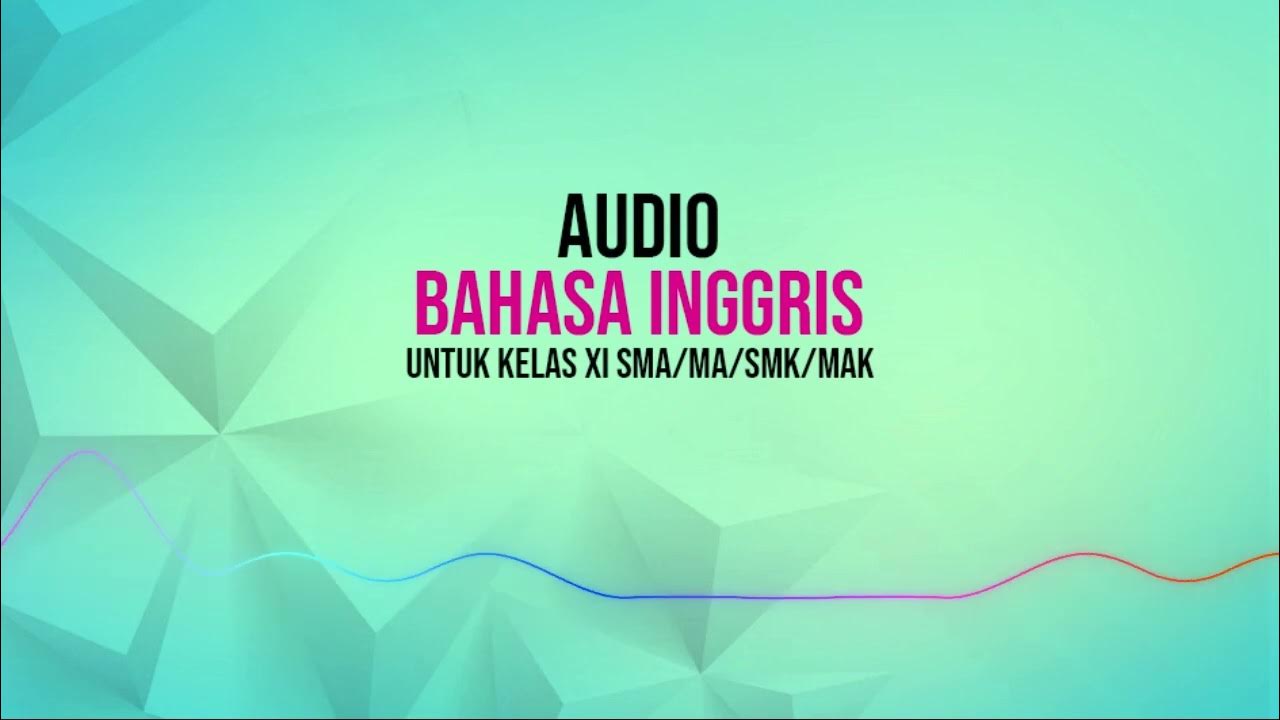How fake news spreads on Twitter
Summary
TLDRA recent MIT study reveals that Twitter users are significantly more likely to spread fake news than true stories, with false information being retweeted 70% more and spreading six times faster. The study, analyzing over 126,000 viral tweets from 2006 onward, shows that fake news, especially political news, spreads organically among real users, not just bots or large influencers. The trend is most pronounced during U.S. presidential elections, highlighting the growing prevalence of misinformation on social media platforms like Twitter.
Takeaways
- 😀 Twitter is now under scrutiny for spreading fake news, following Facebook's previous criticisms.
- 😀 A study from MIT analyzed over 126,000 viral stories on Twitter dating back to 2006.
- 😀 False stories are 70% more likely to be retweeted compared to true stories.
- 😀 Fake news spreads six times faster than factual stories on Twitter.
- 😀 False stories reached tens of thousands of people, while true stories rarely broke 1,000 views.
- 😀 The spread of false information is not mainly driven by bots or influencers with large followings.
- 😀 Fake news spreads organically among regular Twitter users, making it more difficult to control.
- 😀 The phrase 'lies travel faster than the truth' is confirmed by the speed at which fake news spreads.
- 😀 Political fake news is the most prominent type of fake news on Twitter, spreading farther and faster than other categories.
- 😀 The prevalence of fake news spikes around U.S. presidential elections, amplifying misinformation.
Q & A
What is the main focus of the MIT study mentioned in the transcript?
-The MIT study focuses on the spread of fake news on Twitter, analyzing how false stories are more likely to be retweeted and spread faster than true stories.
How many viral stories did the MIT team analyze for this study?
-The MIT team analyzed about 126,000 viral stories.
What were the key findings of the study regarding false stories on Twitter?
-The study found that false stories were 70% more likely to be retweeted and spread six times faster than true stories, often reaching tens of thousands of people.
Can the spread of false news on Twitter be blamed on bots or influential users?
-No, the study found that the spread of false news was not due to bots or a few influential users, but rather spread organically among real Twitter users.
What was the performance comparison between true and false stories in the study?
-False stories outperformed true stories in every way, including a higher likelihood of being retweeted and a faster rate of spread.
How do false stories on Twitter typically compare to true stories in terms of reach?
-False stories often reached tens of thousands of users, while true stories rarely broke 1,000 views.
What type of news did the study find to be the most prevalent in spreading false information on Twitter?
-The study found that fake political news was the most prevalent and spread farther and faster than other types of fake news.
What pattern did the study identify in the spread of fake news on Twitter?
-The study found that fake news tends to spike around U.S. presidential elections, indicating a connection between political events and the spread of misinformation.
What does the study reveal about the nature of viral misinformation on Twitter?
-The study reveals that viral misinformation on Twitter spreads quickly and organically, often without the influence of bots or large accounts, driven by the behavior of real users.
What can be concluded about the spread of fake news on social media platforms like Twitter?
-The spread of fake news on Twitter is a significant issue, as misinformation can go viral much faster than truth, especially in politically charged contexts.
Outlines

This section is available to paid users only. Please upgrade to access this part.
Upgrade NowMindmap

This section is available to paid users only. Please upgrade to access this part.
Upgrade NowKeywords

This section is available to paid users only. Please upgrade to access this part.
Upgrade NowHighlights

This section is available to paid users only. Please upgrade to access this part.
Upgrade NowTranscripts

This section is available to paid users only. Please upgrade to access this part.
Upgrade NowBrowse More Related Video

Researching the spread of fake news and its impact

How Disinformation Spreads (With ATOM ARAULLO)

AUDIO GOALS BAHASA INGGRIS UNTUK KELAS XI SMA/MA/SMK/MAK

AUDIO BAHASA INGGRIS UNTUK KELAS XI SMA/MA/SMK/MAK

¿Qué son las fake news? - Consejos para reconocerlas - Fake news para niños

Why it’s so easy to fall for fake news and how to spot it
5.0 / 5 (0 votes)